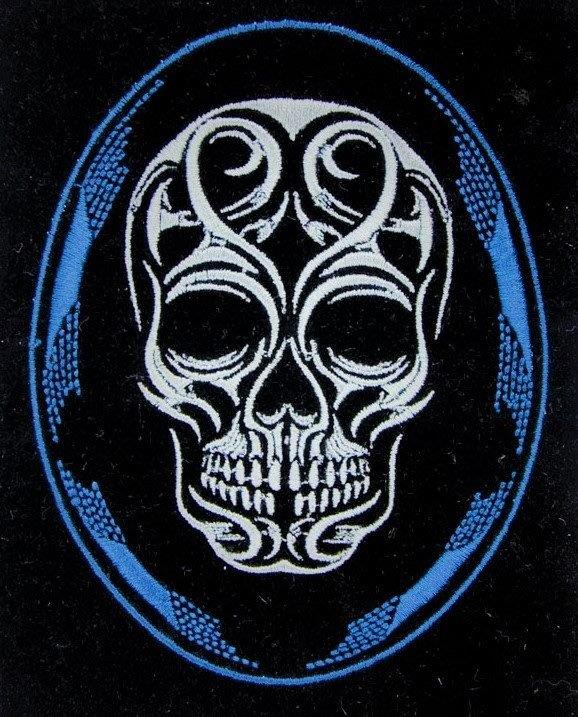
Global Celebration
Every year from October 31st to November 2nd, several holidays span different religions and ethnicities. They include the Christian All Hallows, Saints and Souls Days, the Pagan Samhain, The Mexican Day of the Dead, and the secular and commercial Halloween. But where did these celebrations start, and why are they all at this time each year? Hopefully, this blog can give some insight into those questions.
Many cultures around the world have some form of Ancestor veneration. These practices range from simple, like dumb suppers or altars, to complex. For example, the Torajan people of Indonesia mummify their dead and keep them in their homes. Family members offer food and even bathe and redress the mummies periodically. Even brought out for selfies! Of course, most don’t go to that extreme, but a consistent belief in this periodic remembrance has roots all over the globe.
Christian Observances
The Christian time of “Allhallowtide” (10/31 – 11/2) encompasses All Hallows Eve, All Saints Day, and All Souls Day. The origins of these celebrations date back to the 4th century. They are a time to remember Martyrs, Saints, and the faithful departed, respectively. Festivities include ringing church bells, special masses, lighting candles, or baking and offering “soul cakes.” These biscuit-like pastries are used as alms and distributed to the poor and the entire community. This practice of bringing cakes to others’ homes may have been the beginning of what we now know as trick-or-treating.
Mexican Festival
The Mexican Day of the Dead, or Día de Muertos, is also celebrated on November 1st and 2nd. The origins of this holiday possibly date back to the ancient Aztecs, who would use skulls to venerate their ancestors. The skull is still the most enduring symbol of this festival. Sugar skulls are intricately decorated confections that often have the names of the dead written on the forehead.
Ancients mixed these old traditions with the Christian practices brought to the Mexican people by explorers and missionaries. For example, relatives decorate home altars with pictures of the deceased, candles, incense, and offerings of food and drink. The family will even read letters from their departed loved ones and tell stories about them.
Celtic/Pagan Holiday
Lastly, the Celtic/Pagan fire festival “Samhain” (pron. Sow’-in) marks the last harvest, a time to collect the autumn yield and prepare for winter. It was also the time to slaughter those animals that would get them through the cold months. It began the “dead time” of the year since all of nature seemed to be dying off or going into hibernation. Because of this, it is also associated with the veneration of the beloved dead. This is also the time of the “thinning of the veil” between worlds when connecting with loved ones on the other side is easier. Hearth fires were allowed to go out, cleaned, and re-lit from a sacred communal fire.
Sources:
https://www.catholicworldreport.com/2018/10/24/the-season-of-the-dead-the-origins-and-practice-of-allhallowtide/
https://www.history.com/news/day-dead-dia-de-muertos-origins
https://www.history.com/topics/holidays/samhain
Image is our #60153 – Unlined Velvet Bag Embroidered Skull
Leave a Reply